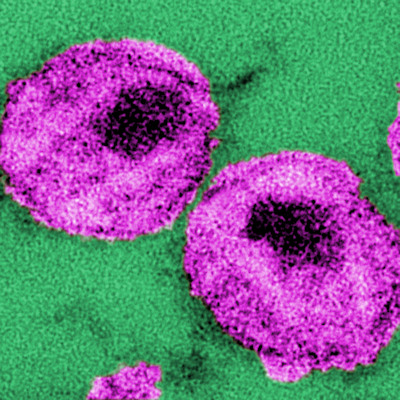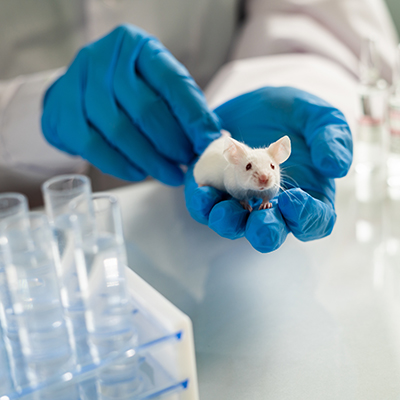May 19, 2023 -- Temple University researchers found that genetic alterations that give rise to a rare congenital disorder known as MOGS-CDG paradoxically also prevent HIV infection from spreading in permissive cells -- i.e., cells that support viral replication. The new approach, described Friday in Molecular Therapy – Nucleic Acids, harnesses this unusual protective ability in a novel gene-editing strategy aimed at eliminating HIV-1 infection without adversely effecting cell mortality.
The research is based on a combination of two gene-editing constructs, one that targets HIV-1 DNA and one that targets a gene called MOGS (mannosyl oligosaccharide glucosidase). Defects in the MOGS gene cause an uncommon and fatal hereditary disease called MOGS-CDG.
MOGS-CDG (congenital disorders of glycosylation) results from abnormal protein glycosylation -- a process by which some cellular proteins synthesized in the body are modified to make them stable and functional. The disease affects multiple organ systems and is characterized by generalized hypotonia, craniofacial dysmorphism, hypoplastic genitalia, seizures, feeding difficulties, hypoventilation, generalized edema, and increased resistance to viral infections, particularly enveloped viruses.
Proper MOGS function is essential for glycosylation. However, glycosylation is leveraged by certain kinds of infectious viruses. In particular, viruses including HIV, influenza, SARS-CoV-2, and hepatitis C, which are surrounded by a viral envelope, rely on glycosylated proteins to enter host cells.
In cells from persons infected with HIV-1, the researchers show that disrupting the virus's DNA while also deliberately altering MOGS blocks the production of infectious HIV-1 particles. The researchers designed a genetic approach to exclusively turn on CRISPR to impede MOGS gene expression through DNA editing within immune cells harboring replication-competent HIV-1. Stimulation of the apparatus in HIV-1 infected cells disrupted the glycan structure of the HIV-1 envelope protein, culminating in the production of non-infectious virus particles. The novel approach avoids any impact on the health of uninfected cells that retain normal MOGS gene function.
The researchers conclude that their proof-of-principle design is a novel, safe strategy that begins with the interruption of antiretroviral therapy for control of viremia, followed by treatment with latency-reversing agents to stimulate the expression of CRISPR that is tailored for elimination of HIV-1 and inactivation of MOGS. They say their findings offer the development of a new combined gene editing-based cure strategy for the diminution and elimination of HIV-1 spread after cessation of antiretroviral therapy. The discovery may open up new avenues in the development of a cure for HIV/AIDS.
"This approach is conceptually very interesting," senior investigator Kamel Khalili, microbiology professor at Temple University's Lewis Katz School of Medicine, said in a statement. "By mitigating the ability of the virus to enter cells, which requires glycosylation, MOGS may offer another target, in addition to the integrated viral DNA, for developing the next generation of CRISPR gene-editing technology for HIV elimination."
Disclosures: Kamel Khalili is co-founder of Excision BioTherapeutics and holds equity in it. Temple University owns the viral gene-editing technology licensed by Excision and also holds equity in the company.
Copyright © 2023 scienceboard.net












